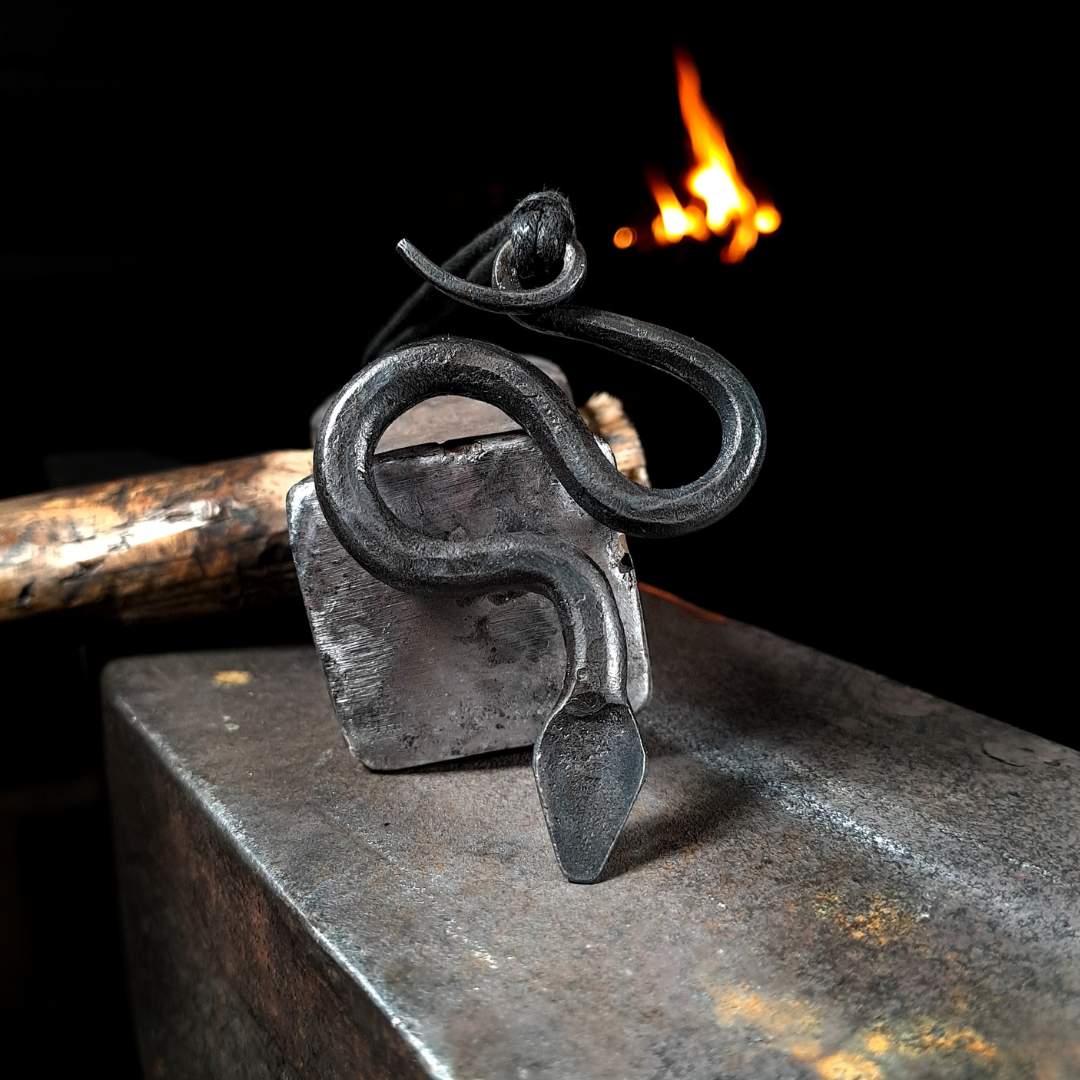In Norse mythology and Scandinavian folklore, serpents and dragons play a significant role. These mystical creatures, often interchangeably referred to as dragons, drakes, or lindworms, have fascinated storytellers and academics alike. In this blog post, we'll explore the captivating world of these giant serpents and their connection to both myth and reality.
Norse Mythology and the Dragon
In Norse mythology, the dragon is portrayed as a colossal serpent, quite distinct from the more familiar fire-breathing dragons of later folk tales. These dragons were known to spit a deadly venom rather than fire. In the folk lore, these creatures were depicted as terrifying with scales, piercing eyes, and sharp fangs. They often straddled the line between animals and supernatural beings, differing in their portrayal across various storytelling traditions.
Sigurd Fafnersbane: A Legendary Dragon Slayer
One of the most renowned tales in Norse mythology is the story of Sigurd Fafnersbane, a hero who defeated the dragon Fafner. This legend has various versions, but the essence remains consistent. Reign, a dwarf and a wizard, forges a magical sword to Sigurd and wants him to confront the dragon. After a treacherous battle, Sigurd defeats Fafner. He then encounters the dragon's heart, which, when consumed, grants him the power to understand the language of birds. However, the treasure Sigurd gains from the dragon's lair brings misfortune.
Dragons in Viking Age Runestones
Evidence of the significance of the Sigurd Fafnersbane legend can be found in Viking Age runestones. These stones depict key moments from the story, such as Sigurd's battle with Fafner and his acquisition of the dragon's treasure. This suggests that the tale was well-known during the Viking Age.
The Magical Gifts of Dragons in Folklore
The motif of dragons bestowing magical gifts endures in the realm of folk lore. White snakes, particularly albino ones, were believed to possess supernatural powers. According to folklore, consuming the white snake's flesh or preparing soup with it granted individuals omniscience and clairvoyance. These beliefs persisted, with stories of individuals gaining extraordinary abilities through interactions with these creatures.
Snakes in Scandinavian Folklore: Myth or Reality?
In the 19th century, academic discussions revolved around whether giant snakes in Scandinavian folklore were mythical or real creatures yet to be discovered by science. Witnesses recounted encounters with enormous snakes, describing their appearance and behavior. Folklorist Gunnar Olof Hyltén-Cavallius even issued a proclamation seeking a specimen of the large snake mentioned in sagas, offering a reward for its discovery.
The Lindworm in Folk Beliefs and Tales
The lindworm, often associated with the linden tree, was believed to coil in the crown of old linden trees. These lindworms were depicted as unusually large, with the ability to snap tree trunks. They were considered king of all other snakes and were sometimes adorned with a human visage or a crown. In tales, lindworms were often antagonists, hoarding treasures and kidnapping princesses. However, in some stories, a lindworm could be a bewitched human freed from their monstrous form by specific actions.
Dragons as Guardians of Enchanted Treasures
Legends abound with stories of hidden, enchanted treasures guarded by supernatural beings, with dragons being the most common protectors. These dragons were often described as long and slender, breathing fire and radiating an aura of wealth. These tales narrate encounters with dragons while attempting to claim these hidden treasures.
Conclusion
Scandinavian folklore is a treasure trove of serpentine wonders, featuring dragons, lindworms, and mystical snakes. These creatures have played pivotal roles in Norse mythology, folk beliefs, and legendary tales, leaving a mark on the collective imagination of the region. Whether mythical or real, their influence on storytelling and cultural traditions is undeniable.




